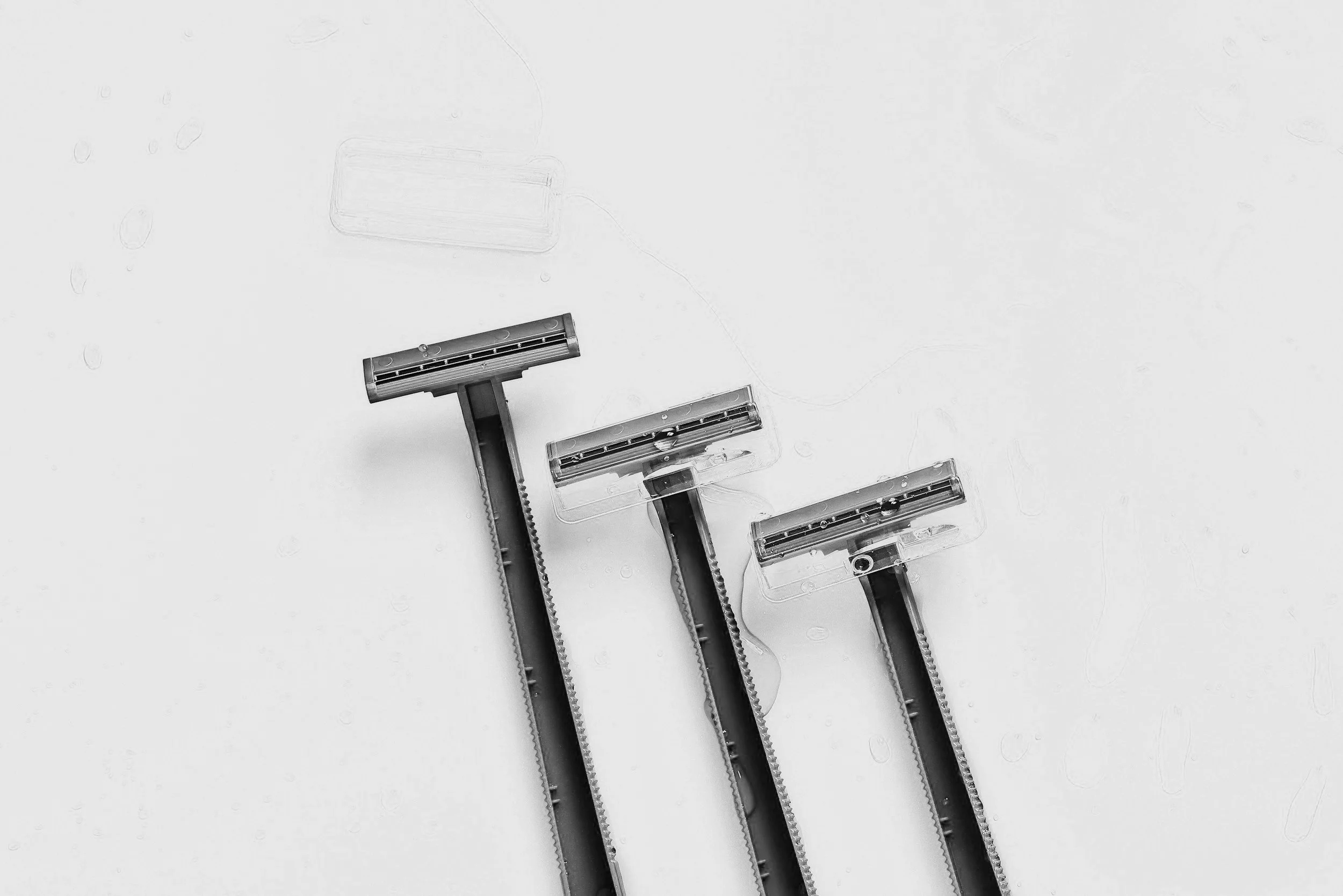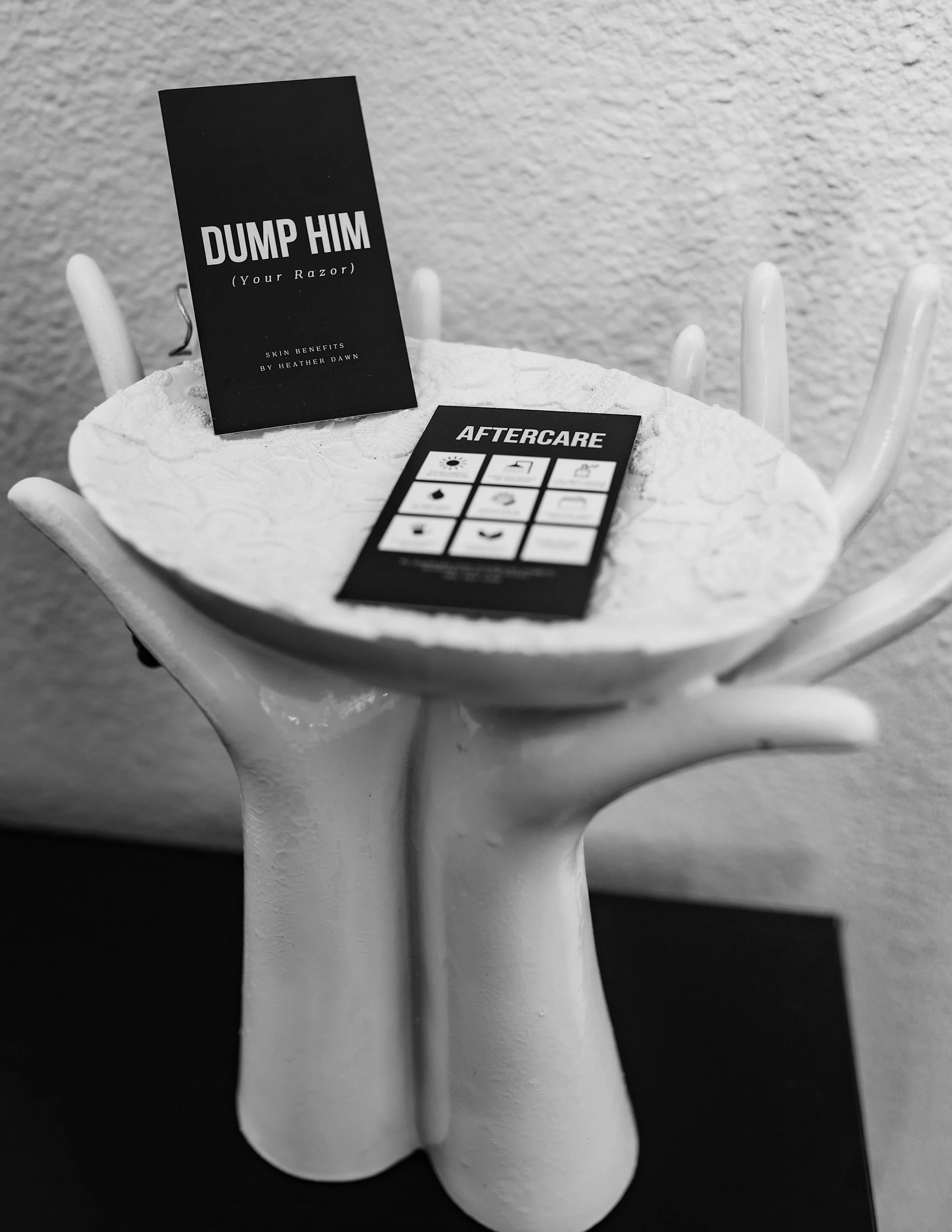What You Might Still Be Wondering About Body Waxing
Body waxing isn’t just about smooth skin, it’s about navigating a hundred quiet questions people have but rarely ask out loud. From “Can I wax if I’m on antibiotics?” to “What if I cry during my first Brazilian?”, this page is where those real questions finally get real answers. If you’ve ever wondered how long you really stay hair-free after a wax or whether it’s okay to wax while on your period, you’re not alone, and you’re in the right place.
This page exists to clear up the confusion, ease nerves, and create a space where awkward, specific, and totally normal questions get answered without judgment. Start wherever your curiosity leads or jump to questions about what to know before you wax if you’re already halfway through your decision process.
What Does Body Waxing Actually Do And Why Do So Many People Stick With It?
Waxing tends to delay regrowth longer and often softens the return.
This is a big reason some switch over after years of razor burn or bumps. If you’re curious how to prep for a smooth wax or wondering what to expect post-wax, those answers live right here on our FAQ page.
Body waxing means removing hair from the root using soft or hard wax, typically in one quick pull that clears the follicle and leaves smoother skin behind.
People don’t just wax for beach trips or special occasions. For many, it’s part of a regular rhythm.
Whether that’s every four weeks before their standing Friday dinner or right before temps hit the 90s in Albuquerque.
Before You Wax: What Actually Matters (and What Doesn’t)
-
If your hair is super long, think over half an inch, then a little trim can make things more comfortable. But skip the at-home scissors if you're not sure what you're doing. Your waxer can always adjust during the appointment, and it’s way easier than working with hair that’s too short.
-
Not possible. After shaving, your hair needs at least 10–14 days to grow long enough for the wax to grip it properly. Showing up too soon usually means patchy results and more discomfort than necessary. It’s worth the wait, even during waxing season.
-
Some clients take ibuprofen about 30 minutes before a session, especially if they’re nervous. But avoid anything like aspirin that can thin the blood. If you're unsure, just ask. There’s no shame in wanting a smoother ride.
What’s Actually Normal After Waxing? Here’s What Your Skin Might Do (And Why It’s Okay)
-
It’s totally normal, especially if it’s your first time or if the hair was coarse and dense. What you’re seeing is likely pinpoint bleeding where the follicle released the hair—basically your skin saying, “Hey, that was intense.” It usually clears up fast and doesn’t mean anything went wrong. (We cover more of this in our waxing aftercare guide.)
-
Bumps or itchiness right after a wax are super common—it’s your skin reacting to the hair removal, especially if you’re naturally sensitive. Most of the time it’s just temporary inflammation or histamine release, and it fades within 24–48 hours. A cool compress or soothing serum helps calm things down.
-
Not necessarily. Hair grows in cycles, so some strands were probably still too short to be removed during your appointment. This is super common after a first wax, and things even out with regular appointments. (Here’s how waxing and hair regrowth timelines actually work.)
Shaving Between Appointments: What’s Normal, What’s Not
-
We get it. Sometimes an event sneaks up and stubble sneaks in. But shaving resets the hair growth cycle, which means your next wax might feel more intense and be less effective. If you can hold out, it’s worth it for better long-term results.
-
Not necessarily. Hair grows in staggered cycles, and it’s totally normal to see some early regrowth a week or two post-wax, especially if it’s your first time. Regular appointments help sync those cycles, so your skin stays smoother for longer with each visit.
-
Yes, actually, it’s a great idea. Wait about 48 hours, then gently exfoliate to help prevent ingrowns and keep the skin clear. Just skip harsh scrubs or active ingredients like retinoids while your skin’s still healing.
Waxing Safety: Real Questions, Real Conditions
-
Waxing is safe for most people, but there are important exceptions based on skin condition, medications, and timing. If you're using topical retinoids or have recently undergone treatments like chemical peels, your skin barrier may be more prone to irritation or lifting. Those with compromised immune systems, active skin infections, or recent sunburns should wait until the skin has fully recovered. When in doubt, it’s always smart to share your current skincare routine and medications during your intake (read more about pre-wax considerations above).
-
If waxing is done too frequently, over exfoliated skin, or on areas treated with active ingredients like alpha hydroxy acids or retinol, it can lead to skin barrier compromise. This might show up as redness, lingering sensitivity, or flaking a few days later. Long-term irritation is uncommon when clients space appointments appropriately and avoid waxing over compromised skin.
-
No—waxing over inflamed, broken, or sun-damaged skin is never recommended. It can increase the risk of further irritation, infection, or skin trauma. Always wait until the skin has fully healed and no longer feels tender to the touch. If you’re unsure whether a spot is safe to wax, ask your esthetician to assess it first—or skip the area entirely. (Learn more about what your skin might be telling you.)


